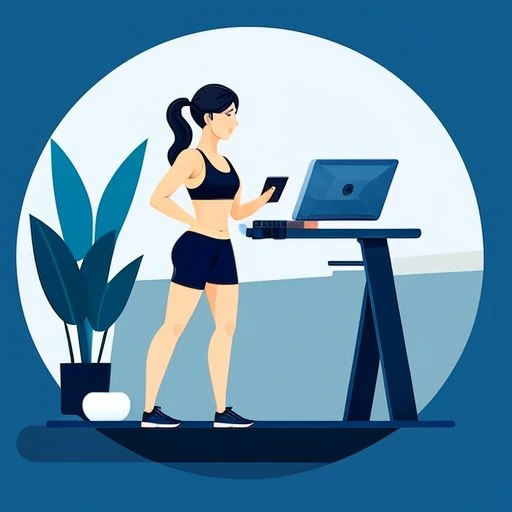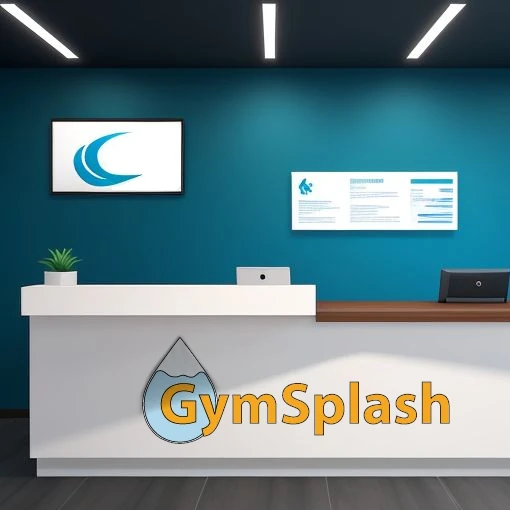Getting found on Google is the digital pinnacle of success regarding cultivating leads and growing your business. This effort to position your website online in front of your target audience is also known as search engine optimization (SEO), a type of organic marketing for gyms. SEO works to influence your website into the global results pages for specific keywords or phrases. Unfortunately, many smaller studios, gyms, or fitness facilities typically don’t have the deep pockets, time, or energy needed to build a robust SEO program.
The good news is that an even better option is available to these small businesses, giving them a fantastic opportunity to get in front of their local target audiences—local SEO for gyms. In this blog, we will quickly discuss local SEO, how it differs, and some areas to focus on when getting started. This write-up contains essential information and can help you move the dial quickly regarding getting found online, so we will keep the reading short and the takeaways strong!
What is Local SEO
To avoid losing you early by being too wordy or nerdy, we will quickly explain local SEO for gyms so you can focus on what matters—benefiting from it. In a nutshell, local SEO is the craft of setting up your gym’s website in a way that allows search engine crawlers/indexers to understand that you are a local-based business, geographically place your facility, and gauge your authority within your business categories.
So, what does local SEO mean for your gym? Think about your gym type, niche, or specialty and how someone in your target audience would find you on a Google search. For instance, “powerlifting gyms near me” or “personal training studios near me.” These are just two simple examples, but you can quickly see two factors at play.
The first factor is the type of gym the user is looking for. Often, just typing gym will bring up the big names, ads, and a sea of competition. However, people with specific interests or pains will usually get more specific with their searches when the initial query doesn’t yield the results they are looking for.
The other factor is the “near me,” which is where local SEO comes in and where you stand to benefit. This variable cues search engines to include the map pack for local businesses and services and prioritize local companies on the results page.
Now that we have that all laid out let’s leverage the mechanisms at play to benefit your fitness facility.
Contextual Relevancy and Local SEO for a Gym
Going back to the local SEO explanation, one of the significant factors in a user query looking for your type of fitness business is the specific categorization call-out. We reference powerlifting and personal training studios in our examples above; this facility specification is where you generally have leverage. While your website images and bullet points may explain your unique facility type, from a gym local SEO standpoint, you still have to call out your gym type on your website.
Since website crawlers and indexers cannot really comprehend images or confidently categorize your business based on loose details, it’s crucial to spell it out. On the home page, about page, and generally throughout your website, it’s good practice to label your business as a specific type. These references will serve as a relevancy builder and help bridge the gap between your ideal lead’s web inquiries and your fitness studio’s website.
Along with the business type specification, it’s imperative to have your address prominently displayed on your home page. This data is the factor that crawlers will look to utilize when understanding your business’s geographic location. To ensure bots correctly label your location, confirm your address is listed verbatim to the one on Google. Additionally, you can add the address to other pages, like the contact page or about page, to help it get picked up. Finally, to facilitate additional location contextual relevancy, you can link to or reference other well-known locations or landmarks nearby to give crawlers even better reference points for accuracy.
Authority for Your Gym’s Local SEO
The next factor for getting ranked on search engines (local or global) is the domain authority score. One thing to note is that each search engine utilizes its own algorithm and ranking systems, the inner workings of which are proprietary. Therefore, website domain ranking calculators are only estimates based on their best understanding or knowledge of how the search engines are responding. That aside, domain authority refers to how many credible (and authoritative) websites pass link juice to your website via backlinks.
Having a good number of backlinks is vital to growing your overall website authority. However, when working with local SEO, another element to this process can also help you improve your backlink profile and local standings–local backlinks. Just as you are trying to get the bots to recognize your location via addresses and local landmark references, receiving backlinks from local, credible, and authoritative websites can also help boost your SEO and local SEO performance.
You can obtain nearby links in a multitude of ways. One way to accomplish this is to make your gym newsworthy with local newspapers or channels, as they typically include links for more information. Another option is to build partnerships with local businesses to help grow customers, awareness, and your gym’s backlink profile. Sponsorships and donations for local non-profits, teams, or events are also a similar route to achieving this goal. How you get the links can vary widely, but staying diligent and continuously building that profile can certainly pay off long-term.
Google Business Profile
The last topic we will discuss is properly setting up your Google Business Profile for a gym. While it may seem straightforward (or already exisst for your business), ensuring that the profile is correct and complete can really help make your business stand out, especially on local searches. Double-checking your business categories, hours of operation, address, phone number, website, and services is an imperative first step.
Next, selecting (or uploading) great photos, answering (or even asking) Q&A questions, and responding to reviews is a great next step. These actions can help show you’re an active business and care about your customers. Additionally, it allows you to potentially add additional keywords or phrases and even direct people to specific pages on your website. Finally, using the remaining features like events may also help (at the very least, it serves as an additional marketing tool for your business).
Making A Splash
When it comes to cracking the top 5 spots on Google, the road there can be a slow and potentially expensive journey. However, when leveraging the power of local SEO for regional-based facilities, you can see a significant boost in ranking and organic search results. Focusing on building proper relevancy and authority are key steps for getting in the search engine’s favor and emphasizing the specific local market you operate within. Finally, leveraging external tools and options like the Google Business Profile can also help boost your overall organic footprint on local searches by users in your target audience.



